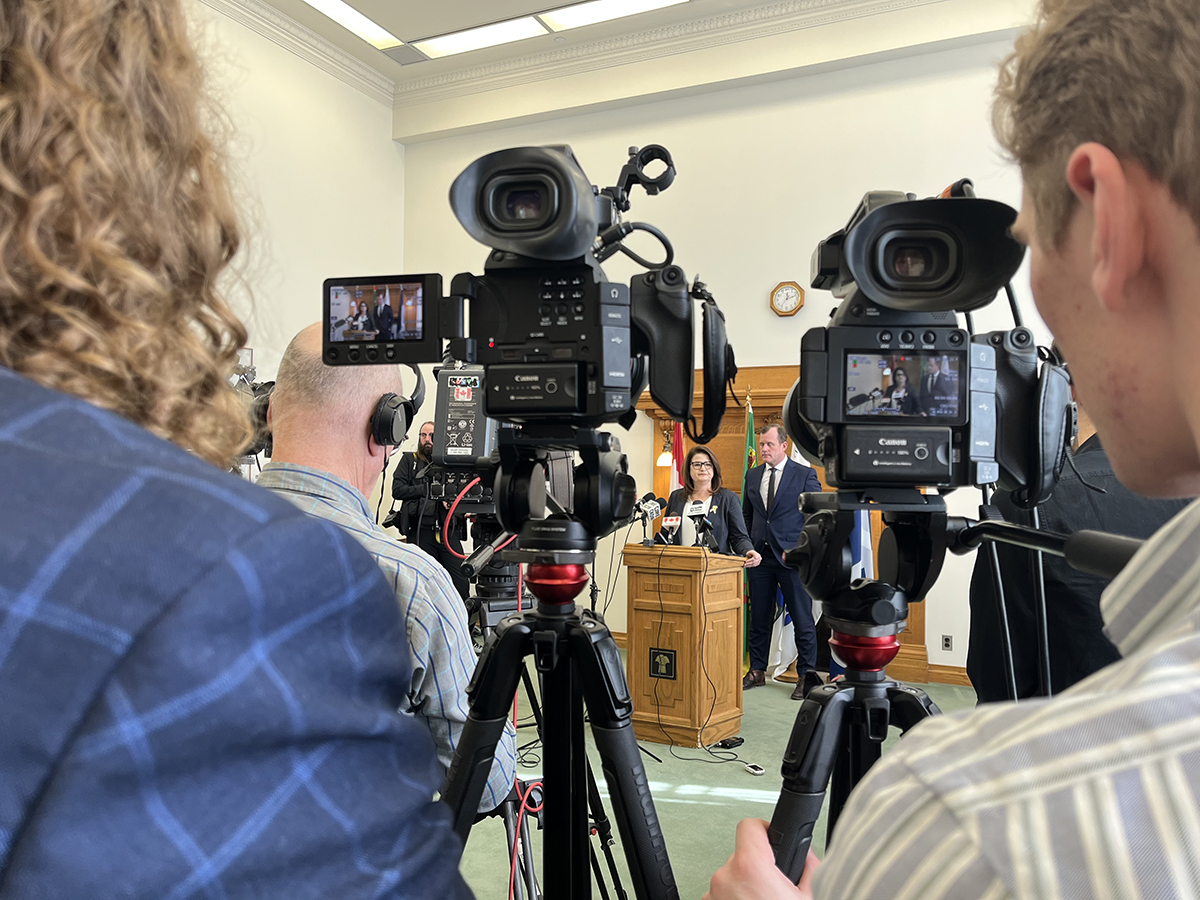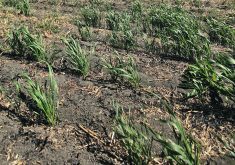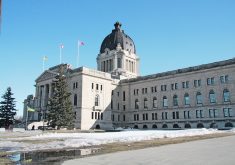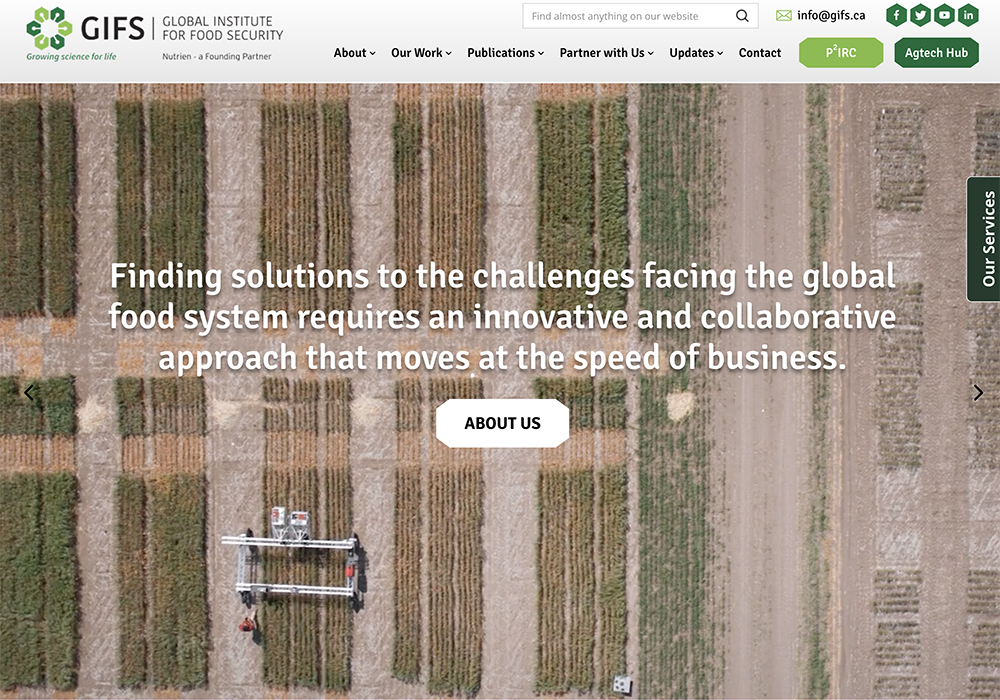REGINA — Saskatchewan’s budget for the coming fiscal year does not contain a contingency plan to deal with tariffs threatened by China and the United States.
Finance minister Jim Reiter said the government is instead focusing on creating conditions to be in a strong financial position and able to withstand tariffs.
He released the 2025-26 budget, Delivering for You, on March 19.
Read Also

Canola oil transloading facility opens
DP World just opened its new canola oil transload facility at the Port of Vancouver. It can ship one million tonnes of the commodity per year.
Opposition leader Carla Beck said it was more like “delivering a work of fiction.”
She said an NDP government would have built a contingency into the budget, which is what other provinces have done.
However, both Reiter and premier Scott Moe said those provinces have financed those funds by running deficits and borrowing the money. Reiter said the situation changes almost daily, and it would have been impossible to know how much to set aside.
The budget was also set before the Chinese tariffs on canola oil and meal, expected tomorrow, came into play.
It contains a thin surplus of $12 million on spending of just more than $21 billion. Capital spending comes in at $6.3 billion and the debt rises to $38 billion.
Agriculture spending across all ministries is estimated at $1.6 billion, up $66 million from last year, mainly due to higher projected crop insurance indemnities and AgriStability payments. AgriInvest spending is $6 million lower, based on federal forecasts.
The agriculture ministry is allocated $625.3 million, up from $570.6 million in the 2024-25 estimate. This includes $296 million for the government’s share of crop insurance premiums and higher administration costs for both crop insurance and AgriStability.
The budget does contain an analysis of how the U.S. tariffs could impact the province’s finances. It considers the worst-case scenario and a full year of impact from those tariffs, which is another reason the plan doesn’t include a contingency.

“The uncertainties in this analysis show why including any amount of contingency in the budget at this time would not be realistic,” it said.
That’s because the value of Saskatchewan exports to the U.S. would be reduced by $8.2 billion, or 30.4 perc ent. Real gross domestic product would drop by up to $4.9 billion and provincial revenues would decline up to $1.4 billion.
Revenue initiatives in the budget include increases for the basic exemption, the disability and caregiver tax credit, graduate retention program credit, active families credit and fertility treatment credit.
The home renovation tax credit returns, retroactive to October 2024. The small business tax rate is set permanently at one per cent and a three-year pilot was introduced for small and medium enterprise investment tax credits targeting food and beverage manufacturing or machinery and transport equipment manufacturing. Further details are still to come.
Saskatchewan is imposing provincial sales tax on vapour products, as of June 1, to bring them in line with tobacco. The electric vehicles tax will also rise that date, from $150 to $300 each.
Contact karen.briere@producer.com


















